Our Stories
Recent Articles
History & Discoveries
Unearthing Capitol Hill's Buried History
Visit Congressional Cemetery and discover the many connections the Architect of the Capitol has to this hallowed ground.
History & Discoveries
The U.S. Capitol Rotunda: Celebrating 200 Years as the Heart of American Democracy
The Rotunda was completed under the direction of Charles Bulfinch by the time of the visit of the Marquis de Lafayette in October 1824.
History & Discoveries
The Liberty Cap: Symbol of American Freedom
The 2024 Olympic mascot is a conical cap, the Phryge, a French symbol of freedom, but it symbolized freedom in the United States before the French adopted it.
History & Discoveries
The Original Olmsted Trees
Celebrating the history of tree planting and tree preservation at the U.S. Capitol Grounds by highlighting some of the oldest trees on the grounds.



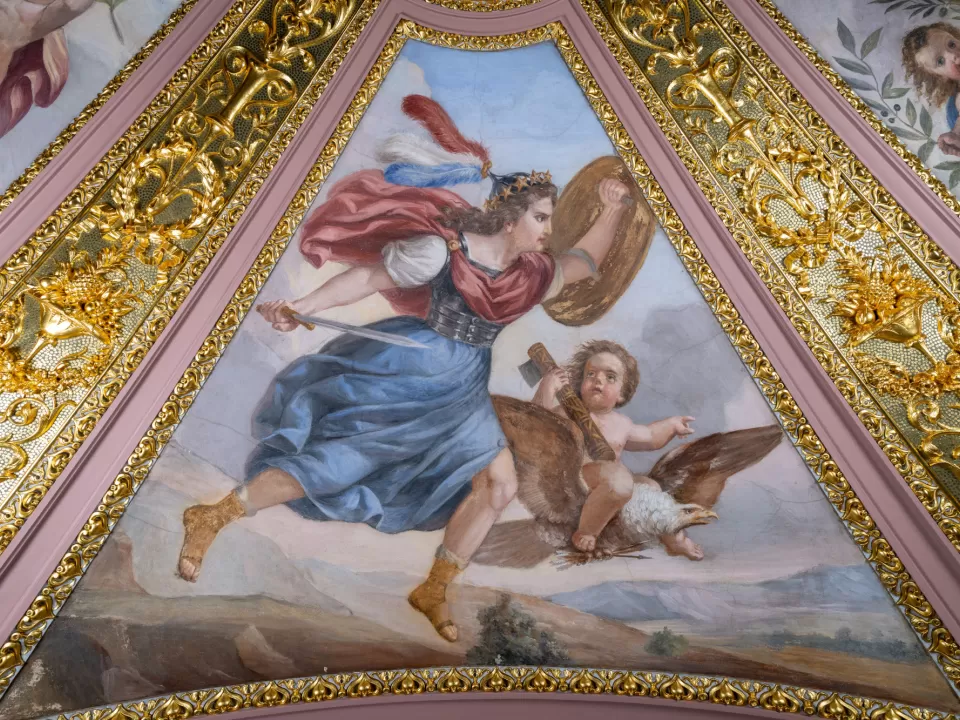

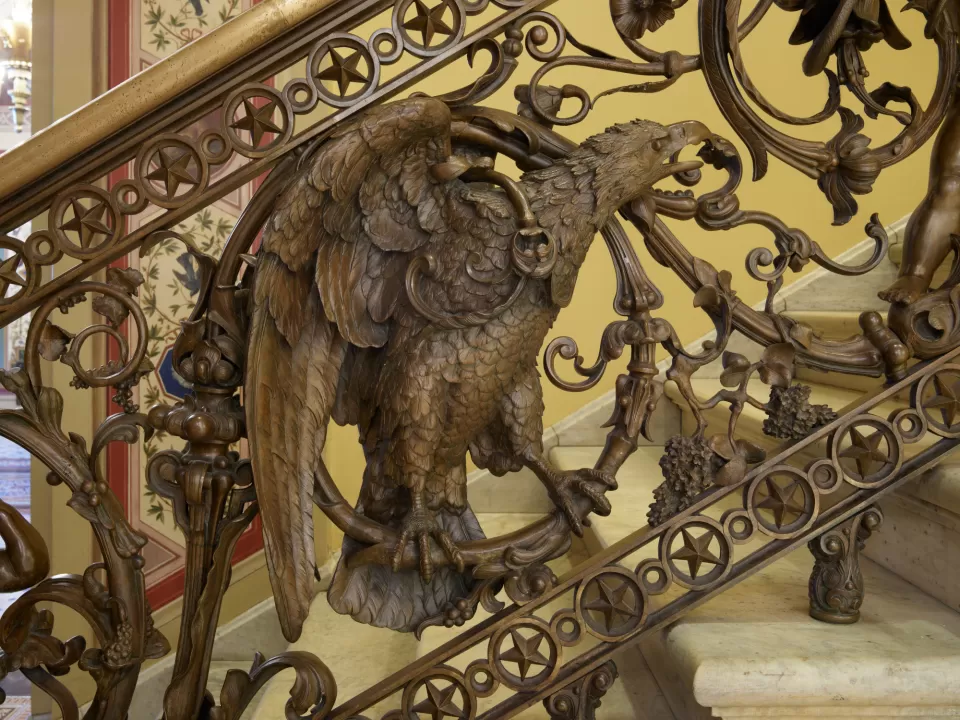
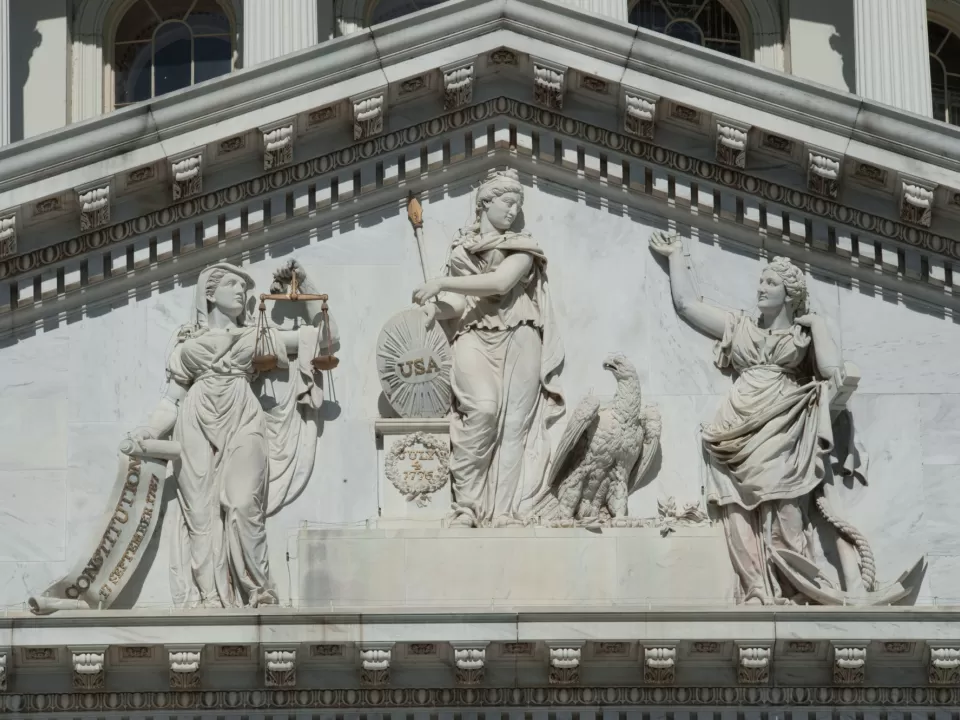

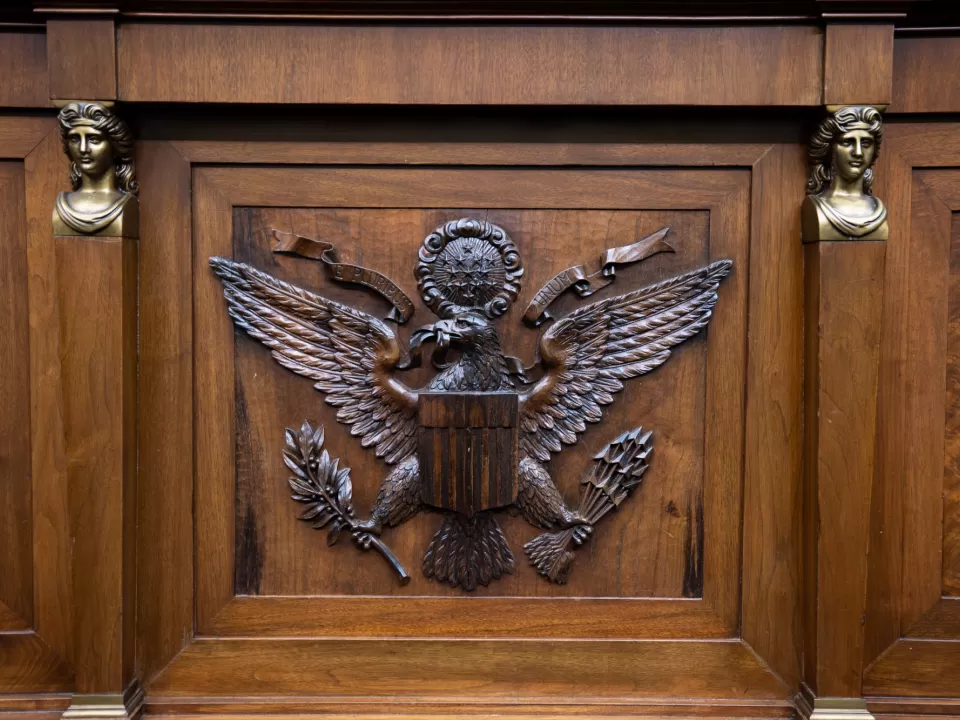
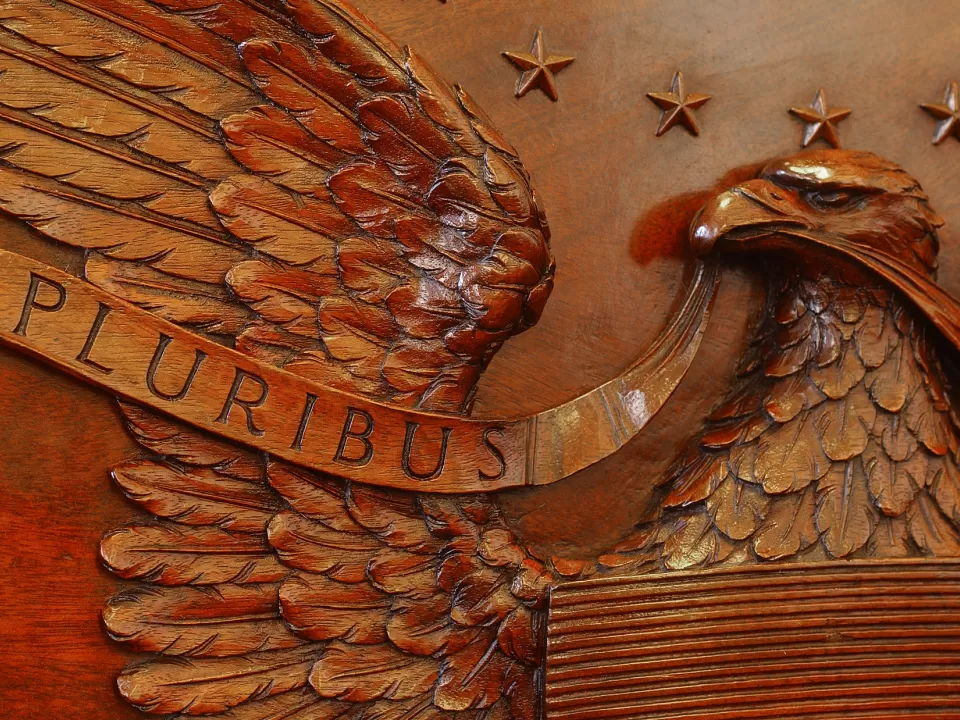
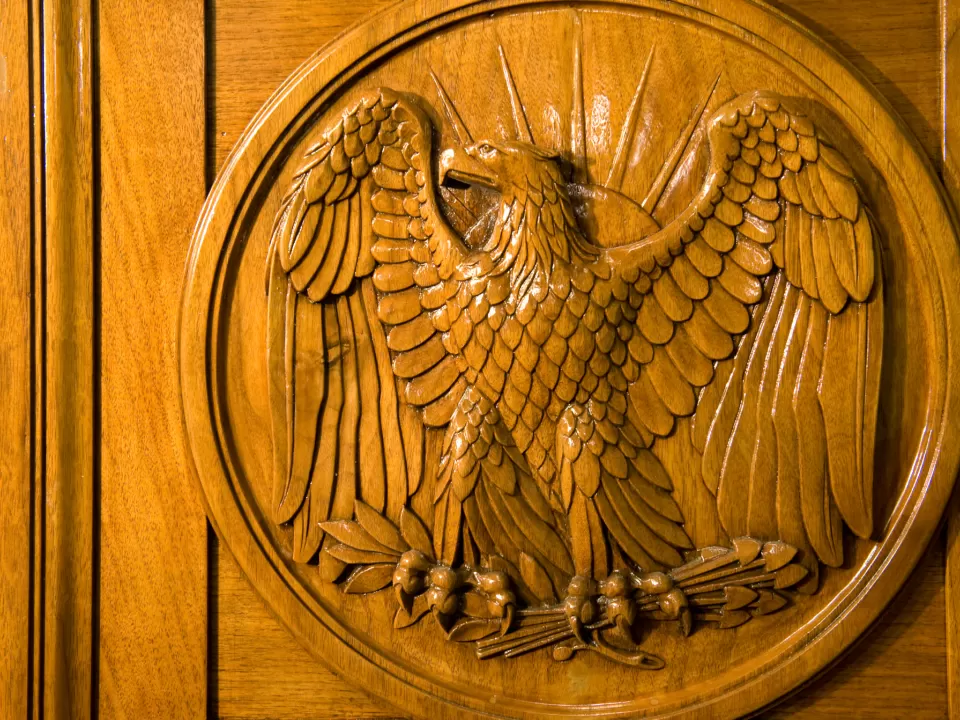


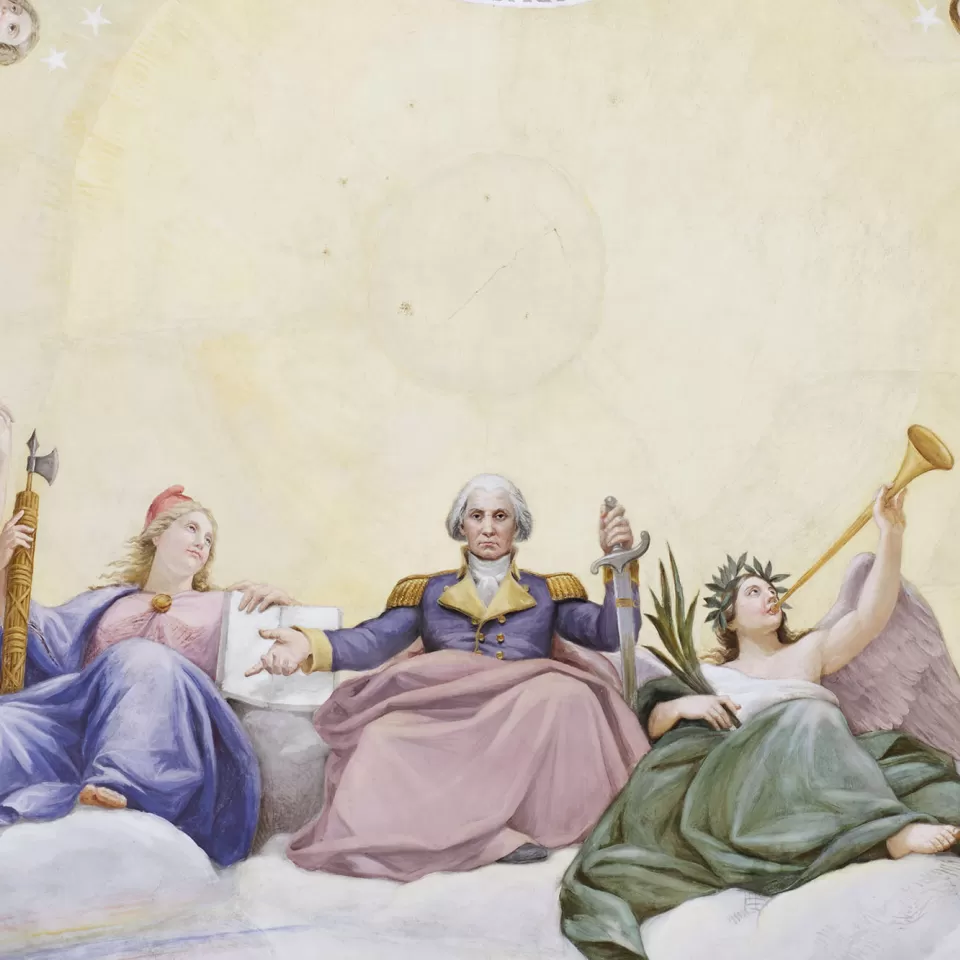

Comments
Great work, May I suggest a independent architecture tour of the capital , the history tour is nice, but it’s architecture is rich enough that a additional architecture could be provided.
Hard work always shows
Paul mcfadden
Fantastic article - truly captivating writing. I had no idea how deep the eagle was woven into the fabric of our history.
Add new comment